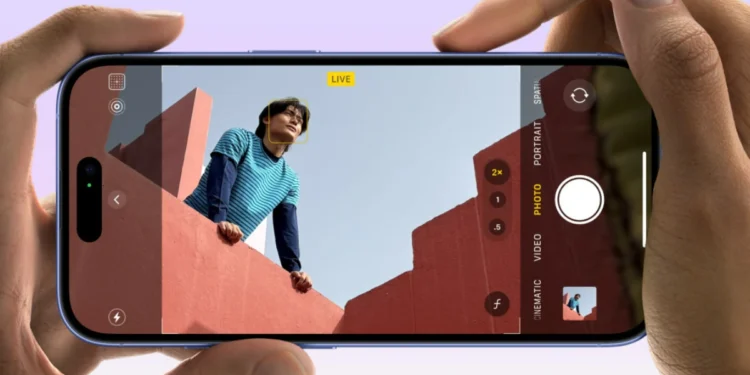With the launch of the iPhone 16, Apple has once again set a new benchmark in smartphone technology, particularly with its Camera Control feature. This novel addition, found on the iPhone 16 and its variants—the 16 Plus, 16 Pro, and 16 Pro Max—integrates both mechanical and capacitive elements to enhance photographic flexibility and precision. Positioned discreetly along the right-hand edge of the device, its design is optimized to prevent accidental activation, thereby avoiding those frustrating pocket shots.
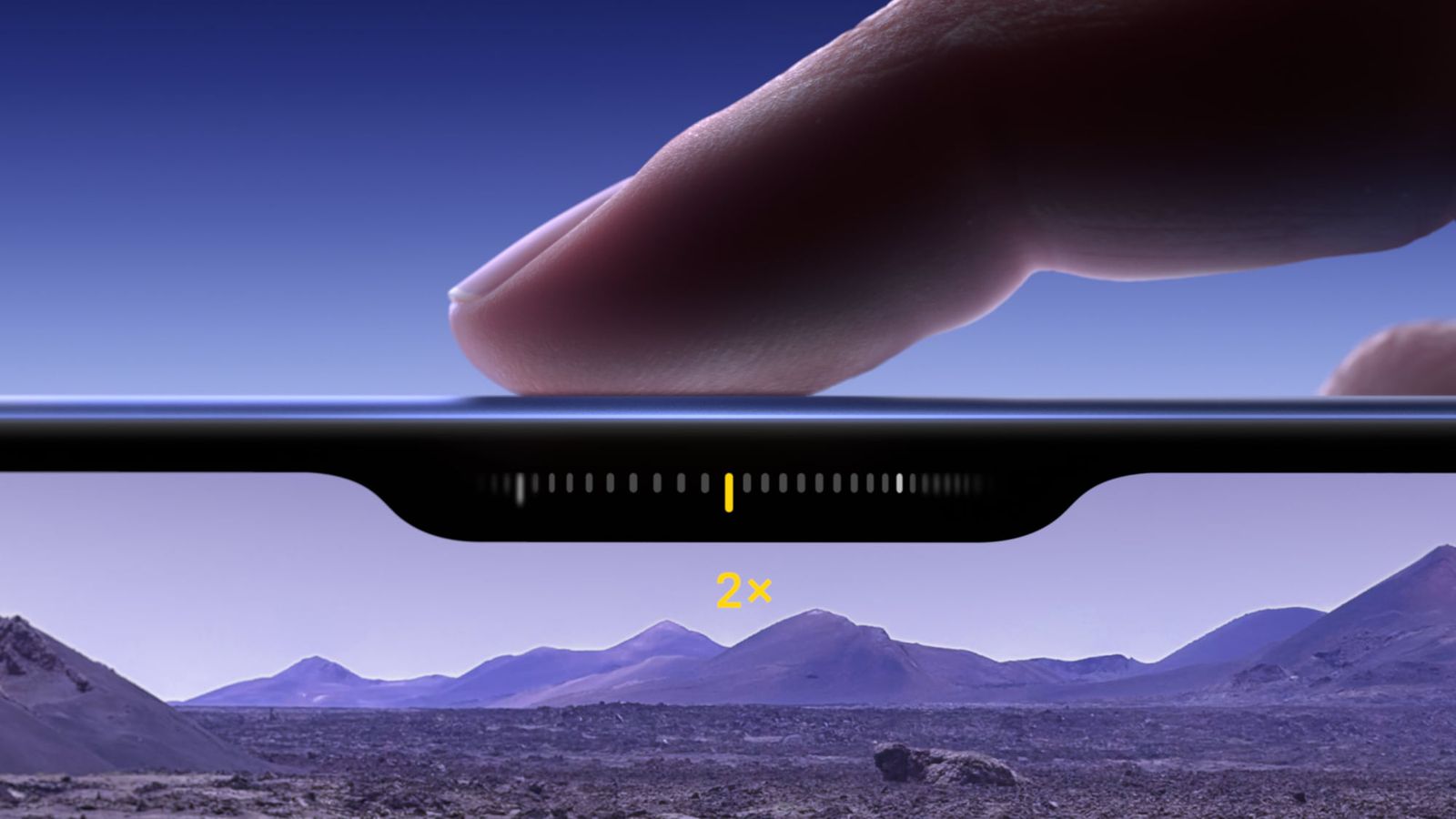
Understanding Camera Control
This multi-functional button acts as a gateway to a myriad of camera settings, ensuring that with a single press—or slide—users can capture moments swiftly and more intuitively than ever before. From a basic snapshot to initiating a video recording, the Camera Control adapts to user interactions distinctly: a press to capture, hold for video, and a swipe to access a suite of adjustable camera settings.
The Magic of the Slide
One of the standout features of this control is the slide mechanic. This allows users to effortlessly zoom, adjust exposure or depth of field, and even switch between different photographic styles and tones, all without cluttering the screen with icons. The versatility introduced here is not just about functionality but also about enhancing the user experience with seamless navigation through camera settings.
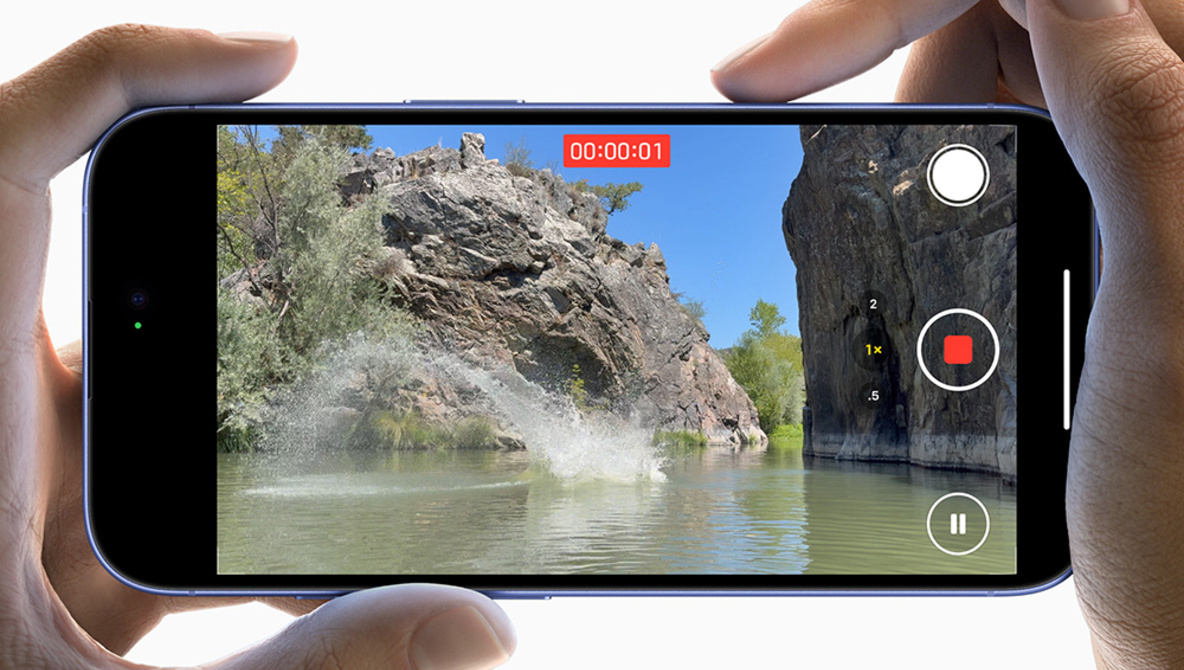
Camera Settings at Your Fingertips
Each setting within the Camera Control comes with its range of options:
- Exposure: Adjust the lightness or darkness of your images with settings ranging from -2 for darker exposures to +2 for brighter ones.
- Depth: Engage Portrait mode and control the blur effect on the background to make your subjects stand out.
- Zoom: Move effortlessly from close-up details to wide scenes.
- Camera: Quickly switch between different camera lenses from the ultra-wide 0.5x to the standard 1x, and up to 5x on the Pro models.
- Style and Tone: Choose from styles like Vibrant or Luminous for instant adjustments to the photo’s mood and feel, previewing outcomes in real time.
Overcoming the Learning Curve
While innovative, some users may find the Camera Control a bit challenging at first. It’s a delicate tool—too light a touch won’t register, while too firm a press might result in unintended captures. Fortunately, Apple has considered this by including customization options within the Accessibility settings, allowing users to adjust the sensitivity to their liking.
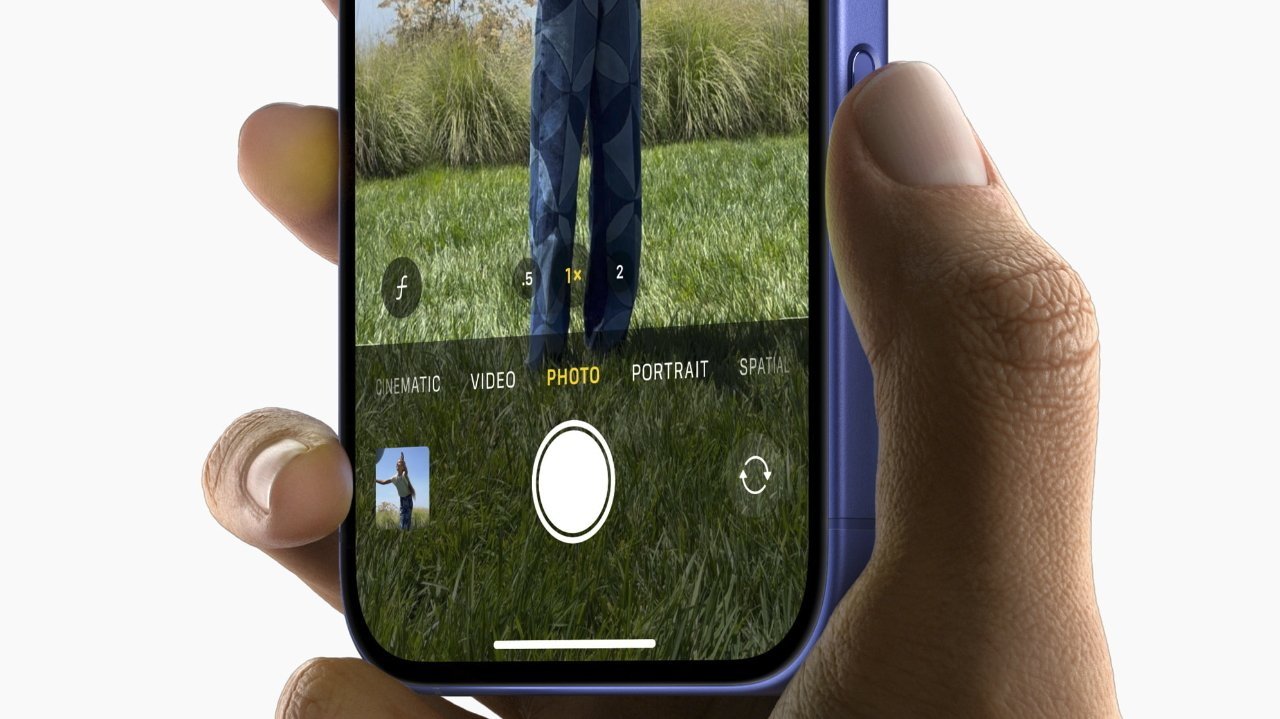
Pro Tips for Mastery
For those looking to master the Camera Control, consider these tips:
- Persistent Contact: When double-pressing, keep your finger on the control to ensure smoother operation.
- Swipe with Ease: Utilize the iPhone’s display to swipe through menu options, which can sometimes be more intuitive than using the control itself.
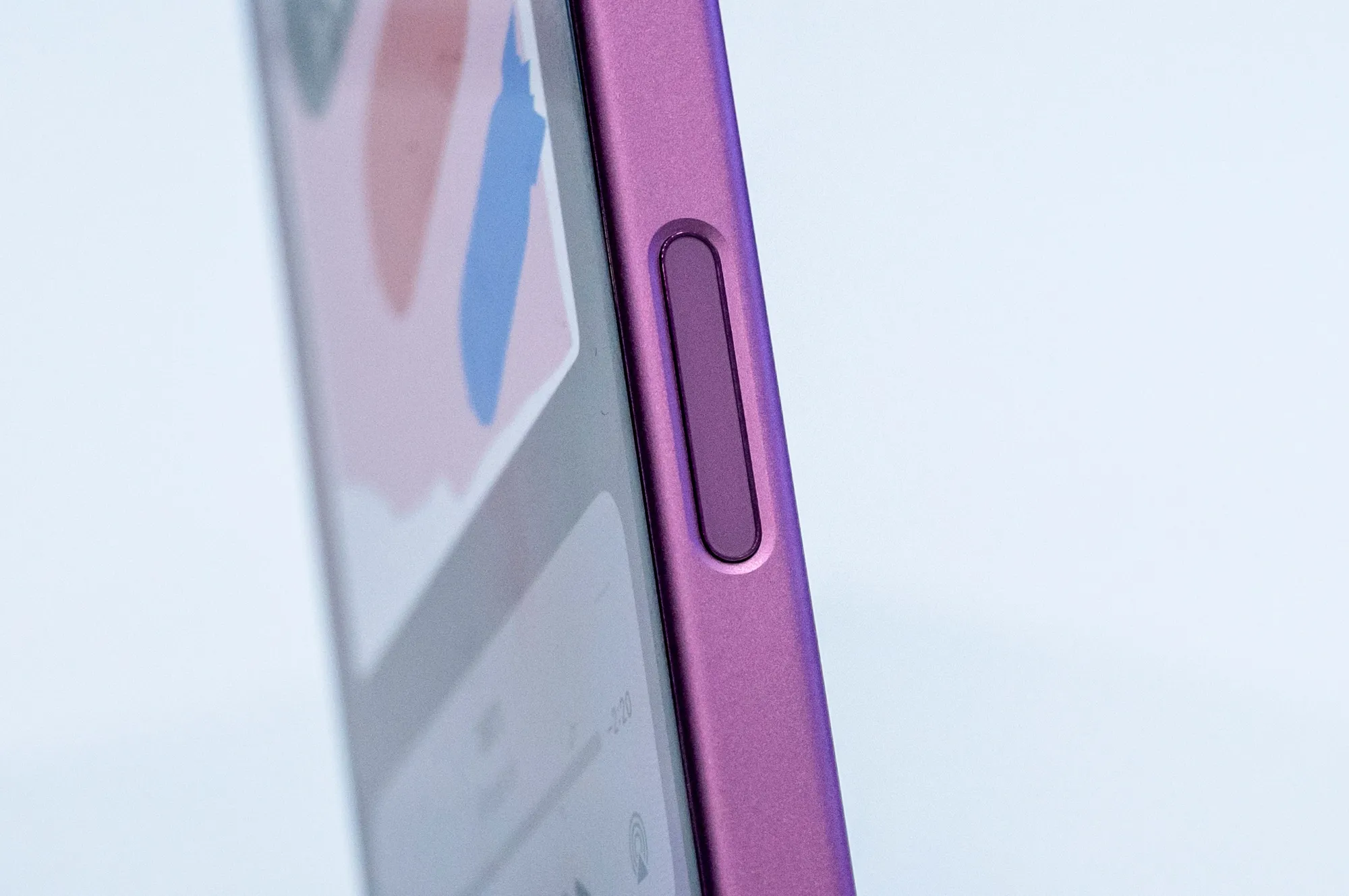
The introduction of Camera Control on the iPhone 16 not only marks an advancement in hardware design but also redefines user interaction with mobile photography. It’s more than just a button; it’s a comprehensive control centre that puts professional photography within reach of everyday users. Happy snapping as you explore these new capabilities and perhaps discover the photographer within.

